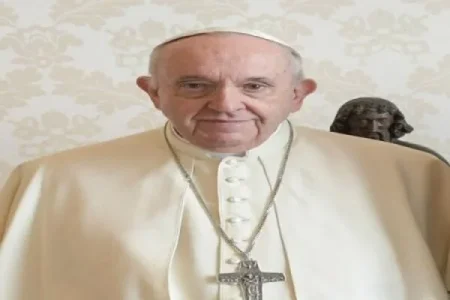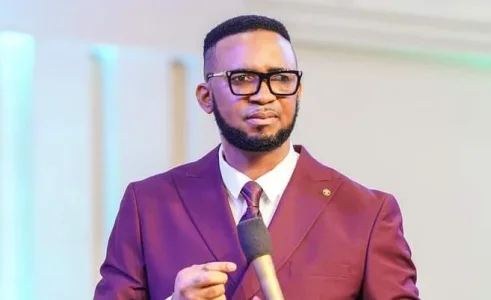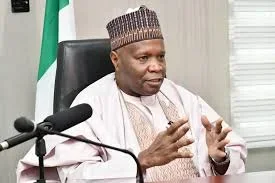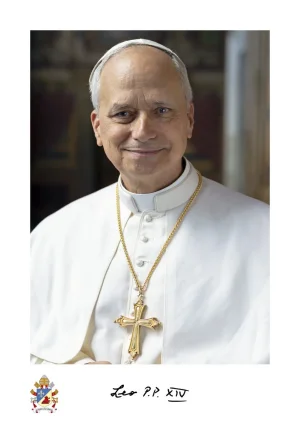
Following Pope Francis' death, the Catholic Church prepares for the papal conclave, where cardinals will elect his successor. This process, rich in history and tradition, ensures that the next pope will be chosen by a group of senior church leaders.
Highlights
- Papal Conclave Process: After Pope Francis’ tenure, cardinals will gather in a secret conclave to vote for the next pope.
- Voting Mechanism: Only cardinals under 80 can vote, and a candidate must win a two-thirds majority.
- Secrecy: The election is shrouded in secrecy to prevent external influence, with cardinals remaining in isolation during the process.
- The Role of the Papacy: The new pope will play a critical role in leading over 1.3 billion Catholics worldwide.
- Timing: The conclave will likely take place shortly after Pope Francis’ passing or resignation, continuing a tradition that has been in place for centuries.
The papal conclave is not just a political process within the Vatican but a significant moment for the global Catholic community. The chosen pope will shape the Church’s future, particularly in addressing issues like secularism, climate change, and global social justice. With Pope Francis’ progressive reforms, his successor will face the challenge of maintaining continuity or taking a different direction.
As the world watches, the election of the next pope will determine the future direction of the Catholic Church. Will the next leader embrace Francis' progressive path, or chart a new course?




